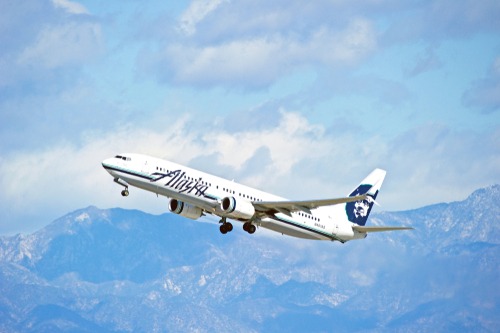
© Shutterstock
The Federal Aviation Administration (FAA) recently released recommendations for increasing aviation safety in Alaska.
The recommendations were the result of a yearlong examination of safety issues specific to the state.
The five primary recommendations are:
- Airports continue to use the Visual Weather Observation System and install Automated Weather Observing Systems.
- Develop a comprehensive airspace navigation strategy that incorporates improved GPS backup systems and creates lower-altitude flight routes.
- Continue to expand Automatic Dependent Surveillance–Broadcast services to areas that don’t have it, and encourage operators to equip their aircraft with this technology.
- Continue existing safety outreach programs while seeking new opportunities for different FAA divisions to work together to address safety issues.
- Continue, in partnership with the Aircraft Owners and Pilots Association, a collaborative working group initiative tasked with verifying and adding mountain pass information on aeronautical charts, and continue to hold bi-annual FAA charting meetings.
“Alaska depends on aviation more than any other state, and we are committed to doing everything possible to make flying safer,” FAA Administrator Steve Dickson said. “We teamed up with the flying community and together developed this comprehensive blueprint for our safety work going forward.”
More than 80 percent of Alaskan communities are accessible only by air.